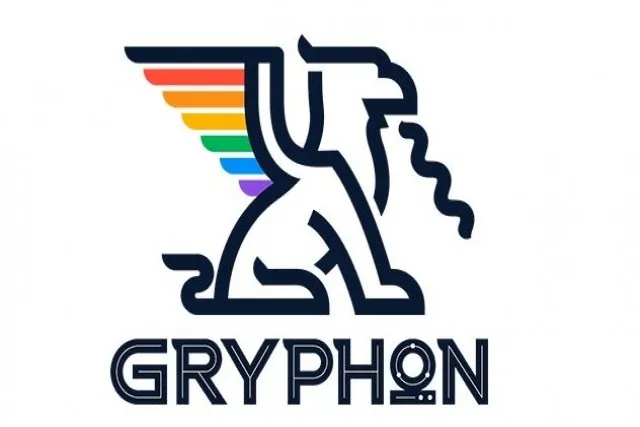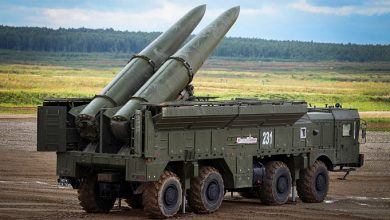DARPA Researches Photonics-based Next Gen RF Radar and Communication Systems

The U.S. Defense Advanced Research Projects Agency (DARPA) has launched Generating RF with Photonic Oscillators for Low Noise (‘GRYPHON’), a program that seeks to develop photonics-based next generation Radio frequency (RF) systems.
RF and microwave signals invisibly permeate the environment around us, carrying everything from radar signatures to the data from our mobile phones. Within RF systems, electronic oscillators can act as precise clocks or directly generate the baseline microwave tones. While an ideal oscillator provides a tone at a singular frequency, component imperfections and coupling to the environment introduce significant phase noise to real-world sources. Military and commercial drivers for better oscillators are plentiful: Close-to-carrier phase noise is a primary factor preventing the detection of small or slow-moving targets in Doppler radar, while in RF communications, timing jitter dictates the sampling precision of receivers and limits signaling bandwidth.
In the last decade, major advances in RF oscillator performance have been realized using optical techniques to synthesize high-fidelity microwave signals (i.e., frequencies from 1 to 100 GHz). Such RF oscillators typically employ optical frequency division (OFD) to achieve low phase noise that can reach record-setting levels. Current solutions sacrifice other important attributes, however, in pursuit of spectral purity. Such trade-offs are problematic because module size, cost, tunability, and environmental sensitivity are also critical factors that determine the applicability of microwave sources to commercial and military systems.
The GRYPHON program seeks to defy today’s tradeoffs by leveraging recent advancements in the miniaturization, integration, and volume production of precision optical components through lithographic microelectronic fabrication. “Nonlinear integrated photonics provides a path to achieve incredible oscillator performance while reducing system size by orders of magnitude,” says Dr. Gordon Keeler, program manager in DARPA’s Microsystem Technologies Office. “Beyond the cost and size advantages, integrated optical approaches could allow tuning over multiple frequency bands and environmental robustness. There is potential for very broad impact if our teams are successful.”
The first technical area the GRYPHON program will pursue is to develop low noise, compact, and frequency-agile prototypes that can provide outputs spanning 1-40 GHz. The prototype target performance metrics are geared toward rapid adoption by military and commercial entities alike. Program success will also hinge on proving robustness to environmental effects and demonstrating a roadmap to high-volume, low-cost domestic manufacturing.
The research teams selected for this endeavor include: Honeywell, Nexus Photonics, BAE Systems, Caltech, and hQphotonics. Due to the highly interdisciplinary nature of the work, most performers have engaged additional partners to complement their core competencies.
GRYPHON’s second technical area encourages performers to pursue advanced techniques that offer even lower phase noise or ultra-wide tunability to inform future oscillator architectures. Teams from Columbia University and University of Virginia have been selected to push the boundaries in materials and system integration to this end.
With a diversity of approaches, materials, and performer teams, the GRYPHON program promises to deliver high impact solutions in the near term and germinate future directions for exploration.





